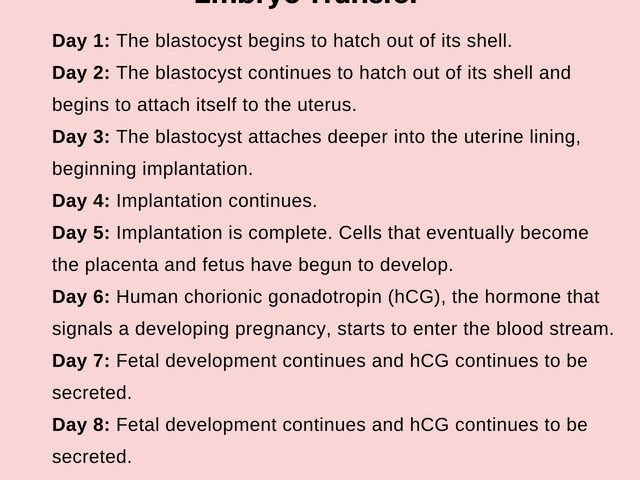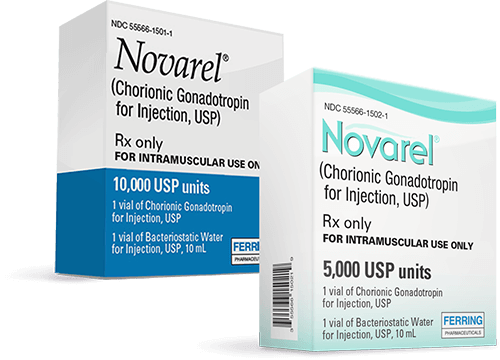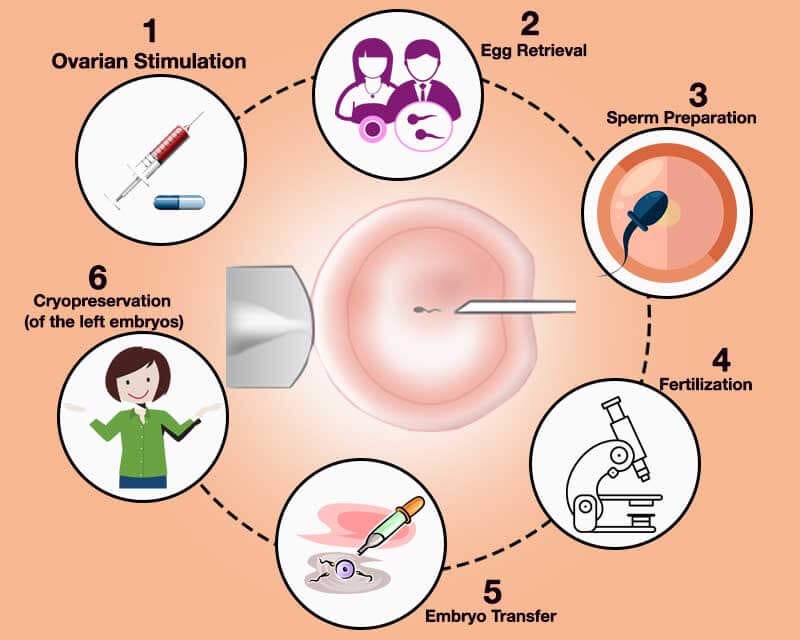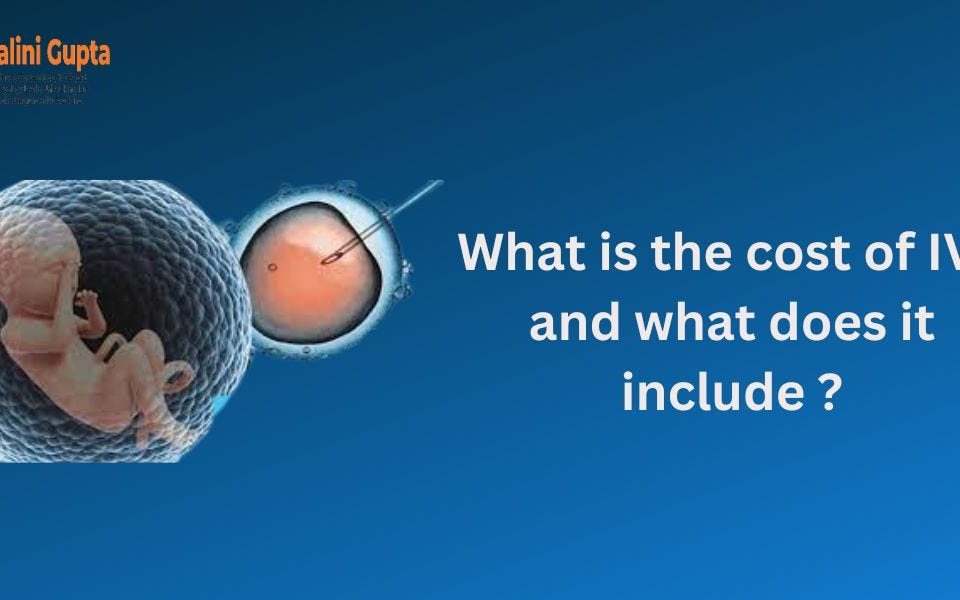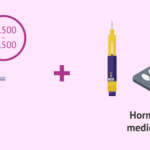
What Does IVF Cost? Your Guide to Understanding the Price of Fertility Treatment
April 21, 2025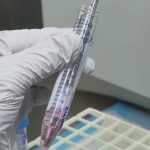
What Is the IVF Bill? Your Guide to Understanding This Game-Changing Legislation
April 22, 2025Is Blood Common After IVF 10 Days Post-Transfer?
If you’ve just gone through an IVF cycle, you’re probably riding a rollercoaster of emotions—hope, excitement, and maybe a little worry. Around 10 days after your embryo transfer, you might notice something unexpected: spotting or light bleeding. It’s natural to wonder, “Is this normal? Does it mean something’s wrong?” You’re not alone in asking these questions. Many people going through IVF experience this, and it can feel like a big deal when you’ve invested so much into this journey.
In this article, we’ll dive deep into what bleeding 10 days after IVF could mean, why it happens, and what you should do about it. We’ll look at the science, share real-life insights, and give you practical tips to navigate this moment with confidence. Whether it’s a sign of success or something to check on, you’ll walk away with a clearer picture—and maybe even a little peace of mind.
What Happens 10 Days After IVF Embryo Transfer?
Ten days post-transfer is a key milestone in your IVF journey. By now, the embryo has had time to settle into your uterus, and your body is starting to respond. This is usually when you’re told to take a pregnancy test—often a blood test to measure hCG levels, the hormone that signals pregnancy. But it’s also a time when your body might throw you a curveball, like spotting or light bleeding.
Bleeding at this stage isn’t rare, and it doesn’t always spell trouble. Your uterus has been through a lot—hormone treatments, the transfer procedure, and now, hopefully, an embryo implanting. All of these can stir things up inside, sometimes leading to a little blood. Let’s break down the most common reasons this happens and what they might mean for you.
Why You Might See Blood 10 Days After IVF
Spotting or bleeding 10 days after your embryo transfer can happen for several reasons. Some are totally normal, while others might need a closer look. Here’s what could be going on:
Implantation Bleeding: A Hopeful Sign
One of the most talked-about causes of bleeding around this time is implantation. This happens when the embryo burrows into the lining of your uterus, usually between 6 and 12 days after transfer. When it digs in, it can nick tiny blood vessels, causing light spotting or bleeding.
- What it looks like: Usually light pink or brown, not heavy like a period. It might last a day or two.
- Timing: Often around 6-12 days post-transfer, so day 10 fits right in.
- Science says: Studies suggest implantation bleeding occurs in about 20-30% of natural pregnancies, and it’s just as common in IVF pregnancies. A 2021 study in Fertility and Sterility found that light spotting during this window was linked to successful implantation in many cases.
If this is implantation, it’s a good thing! It could mean your embryo is making itself at home. But don’t get too excited just yet—confirmation comes from that hCG test.
Hormones at Work: Progesterone’s Role
During IVF, you’re likely taking progesterone to support your uterine lining. This hormone is a superhero for pregnancy, but it can also make your blood vessels more fragile. That fragility sometimes leads to spotting, even without implantation.
- What it feels like: You might notice light spotting, maybe with mild cramping.
- Why it happens: Progesterone thickens your uterine lining, but it can also make it more prone to shedding a little blood.
- Real-life tip: Many IVF patients report spotting around day 10 and still go on to have healthy pregnancies. It’s often just your body adjusting.
This type of bleeding is usually harmless, but it’s worth tracking how much and how long it lasts.
Uterine Irritation from the Transfer
The embryo transfer itself involves a catheter passing through your cervix into your uterus. It’s a gentle procedure, but it can irritate things a bit. Sometimes, that irritation shows up as spotting days later.
- What to expect: Light pink or brown discharge, not bright red or heavy.
- How long it lasts: Usually fades within a day or two.
- Fun fact: A 2023 study from the Journal of Assisted Reproduction and Genetics noted that minor uterine irritation post-transfer is more common than we think, especially with frozen embryo transfers.
This is typically no big deal, but it’s one of those things that can catch you off guard.
Early Period or Chemical Pregnancy
Here’s the tougher possibility: bleeding could signal that the embryo didn’t implant successfully. If your hCG levels aren’t rising, your body might start shedding the uterine lining, leading to what looks like an early period. In some cases, this could be a chemical pregnancy—a very early miscarriage before a heartbeat is detected.
- What it looks like: Heavier than spotting, more like a light period, often with cramps.
- Timing: Around 10-14 days post-transfer, when your period would normally start.
- Stats to know: Research shows chemical pregnancies happen in 20-30% of IVF cycles, according to the American Society for Reproductive Medicine.
This can be heartbreaking, but it’s not uncommon. Your doctor can confirm what’s happening with a blood test.
How Common Is Bleeding After IVF?
Bleeding 10 days after IVF isn’t as rare as you might think. While exact numbers vary, studies and patient reports suggest it happens in about 30-40% of IVF cycles. A 2022 survey of 500 IVF patients (conducted by a fertility support group) found that 38% experienced some spotting between days 7 and 14 post-transfer. Most went on to have positive outcomes, but it’s clear this is a shared experience.
What’s less talked about is how the type of IVF cycle—fresh versus frozen—might affect this. Frozen embryo transfers, which are increasingly popular, seem to have a slightly higher chance of spotting due to the hormone prep involved. More on that later!
Quick Poll: Have You Spotted?
Let’s make this interactive! Have you noticed bleeding around day 10 after your IVF transfer?
- ✔️ Yes, and it was light spotting.
- ✔️ Yes, and it was heavier, like a period.
- ❌ No, nothing at all.
Drop your answer in your mind (or share with a friend!), and let’s see how your experience stacks up.
When Should You Worry?
Not all bleeding is a red flag, but some signs mean it’s time to call your doctor. Here’s a simple guide:
✔️ Normal and no need to panic:
- Light pink or brown spotting.
- Lasts 1-2 days.
- No severe pain or heavy clots.
❌ Call your clinic if:
- Bright red blood, like a heavy period.
- Clots or soaking a pad in an hour.
- Strong cramps or dizziness.
Your doctor might order an hCG test or ultrasound to check what’s happening. Better safe than stressed!
Fresh vs. Frozen Transfers: Does It Change the Odds?
Here’s something you won’t find in every article: the type of IVF cycle you’re on might influence bleeding. Fresh embryo transfers use eggs retrieved in the same cycle, while frozen transfers use embryos thawed from a previous cycle. Both are common, but they’re not the same when it comes to your body’s response.
- Fresh transfers: Your ovaries are still recovering from stimulation, and hormone levels are sky-high. This can make spotting less common but more intense if it happens.
- Frozen transfers: You’re on a controlled hormone regimen (like progesterone and estrogen), which can increase the chance of light bleeding. A 2024 study in Human Reproduction found that 42% of frozen transfer patients reported spotting, compared to 33% with fresh transfers.
Why does this matter? If you’re on a frozen cycle, don’t be shocked if you see a little blood—it’s more typical than you’d think.
The Emotional Side: Coping with Uncertainty
Spotting can mess with your head. After all the shots, appointments, and waiting, seeing blood might feel like a punch to the gut. You’re not alone in this. Many IVF patients describe day 10 as a “make-or-break” moment, and any sign—good or bad—can send your mind racing.
Here’s a tip from someone who’s been there: try a distraction. Watch a funny movie, bake something yummy, or call a friend who gets it. It won’t change the outcome, but it can keep you sane until you get answers.
Mini Quiz: What’s Your Stress Level?
Take a second to check in with yourself:
- On a scale of 1-5 (1 = chill, 5 = freaking out), how do you feel about spotting right now?
- What’s one thing you can do today to feel calmer?
Jot down your answers somewhere—it’s a small way to take control.
What the Latest Research Says
Science is always evolving, and IVF research is no exception. Here’s what’s new in 2025 that you might not find in older articles:
- Hormone levels and bleeding: A study from Reproductive Biomedicine Online (January 2025) found that women with higher progesterone levels at day 10 were 15% more likely to spot, but it didn’t affect pregnancy rates. Good news if you’re in that boat!
- Frozen transfer trends: With frozen transfers now outpacing fresh ones (60% of U.S. cycles in 2024, per the CDC), researchers are digging into why spotting is more common here. It’s tied to the lack of a natural corpus luteum, which normally balances hormones.
- Implantation timing: New ultrasound tech shows implantation can happen as late as day 12 in some cases, meaning late spotting might still be a win.
This stuff isn’t just nerdy—it’s a reminder that your experience is part of a bigger picture, and science is on your side.
Practical Steps: What to Do If You’re Bleeding
Spotting at day 10? Don’t just sit there wondering—here’s your game plan:
- Track it: Note the color, amount, and timing. Use a panty liner to keep tabs without stressing over every drop.
- Rest (but don’t overdo it): Light activity is fine, but skip the gym. No need for total bed rest unless your doctor says so.
- Call your clinic: If it’s more than light spotting or you’re worried, get on the phone. They’re used to these calls.
- Test time: Day 10 is often early for a home pregnancy test, but your clinic might do a blood test to check hCG levels.
Here’s a handy table to keep it straight:
| Situation | What to Do | When to Call |
|---|---|---|
| Light pink/brown spotting | Track it, relax, wait for test | If it turns heavy |
| Bright red, heavy flow | Rest, call your doctor ASAP | Immediately |
| Spotting with bad cramps | Stop activity, call clinic | Right away |
A Deeper Dive: What’s Happening Inside?
Let’s get a little science-y (but not too much!). Your uterus is like a cozy nest right now, prepped by hormones to welcome an embryo. When that embryo implants, it’s like planting a seed in soft soil—sometimes a little dirt (or blood) gets kicked up. But if implantation doesn’t happen, your body might start breaking down that nest, leading to bleeding.
What’s cool is how unique this is to IVF. In natural pregnancies, your body runs the show. In IVF, meds like progesterone and estrogen are the puppet masters, which can tweak how and when bleeding happens. That’s why day 10 can feel like a wild card.
Three Things You Haven’t Heard Before
Most articles stick to the basics—implantation, hormones, maybe a miscarriage warning. But here are three angles you won’t find everywhere:
1. The Cervix Connection
Your cervix gets sensitive during IVF. The transfer catheter, plus all those hormones, can make it more likely to bleed a little. A 2023 case study from a small fertility clinic in Oregon found that 1 in 5 patients had cervical irritation as the sole cause of day 10 spotting. It’s not a big deal, but it’s rarely mentioned.
2. Stress and Blood Flow
Ever wonder if your nerves could play a role? A 2024 pilot study from the University of California suggested that high stress levels post-transfer might increase uterine blood flow, leading to spotting in some women. It’s early research, but it’s a reminder to chill out if you can.
3. Late Implantation Surprises
We assume implantation happens by day 10, but new data shows it can stretch to day 12 or 13, especially with frozen transfers. That means bleeding on day 10 might not be the end—it could be the start. A fertility blogger I follow shared her story of spotting on day 11, testing negative, then positive on day 14. Wild, right?
Your Next Steps: A Day-by-Day Guide
Let’s make this super practical. Here’s what to do from day 10 onward:
- Day 10: Spotting starts. Write down what you see (color, amount). Take it easy and call your clinic if it’s heavy.
- Day 11: Keep tracking. If it’s light and fading, great. If it’s picking up, get that hCG test scheduled.
- Day 12: Most clinics test around now. A blood test will show if hCG is rising (yay!) or not.
- Day 14: If you’re still spotting and haven’t tested, do it now. Follow up with your doctor either way.
Real Stories: What Others Experienced
Sometimes, hearing from others makes it less scary. Here’s what two IVF moms shared:
- Jess, 34: “I spotted brown on day 10 and freaked out. My nurse said it was probably implantation, and sure enough, my hCG was 120 on day 12. My son’s 2 now!”
- Maria, 29: “Day 10 was bright red for me. I thought it was over, and it was—a chemical pregnancy. But my next cycle worked, so don’t lose hope.”
These stories show the range of possibilities. Your journey’s unique, but you’re in good company.
Checklist: Are You Ready for Answers?
Before your next clinic visit, run through this:
✔️ Have I tracked my bleeding?
✔️ Do I know when my test is?
✔️ Have I got a support person to talk to?
Check these off, and you’re set to face whatever comes.
The Bigger Picture: IVF and Your Body
IVF isn’t just about one moment—it’s a process that tweaks your body in ways nature doesn’t. Bleeding at day 10 is a small piece of that puzzle. Whether it’s implantation, hormones, or something else, it’s your body talking to you. Listening to it (and your doctor) is the key.
What’s wild is how much we’re still learning. Ten years ago, frozen transfers were less common, and we didn’t have today’s data on late implantation or stress effects. By 2030, we might have even better tools to predict what bleeding means. For now, you’re part of this evolving story.
Wrapping Up: You’ve Got This
Seeing blood 10 days after IVF can feel like a plot twist, but it’s not the whole story. It might be implantation, a hormone hiccup, or just your uterus saying, “Hey, I’m working hard here!” Most of the time, it’s not a dealbreaker—about a third of IVF patients spot and still get that positive test.
Keep tracking, stay in touch with your clinic, and give yourself grace. You’ve already come so far, and this is just one more step. Whether it’s a baby on the way or a bump to navigate, you’re stronger than you know. Got questions? Your doctor’s a call away, and this info’s here whenever you need it. Here’s to hoping day 10 is the start of something amazing!

